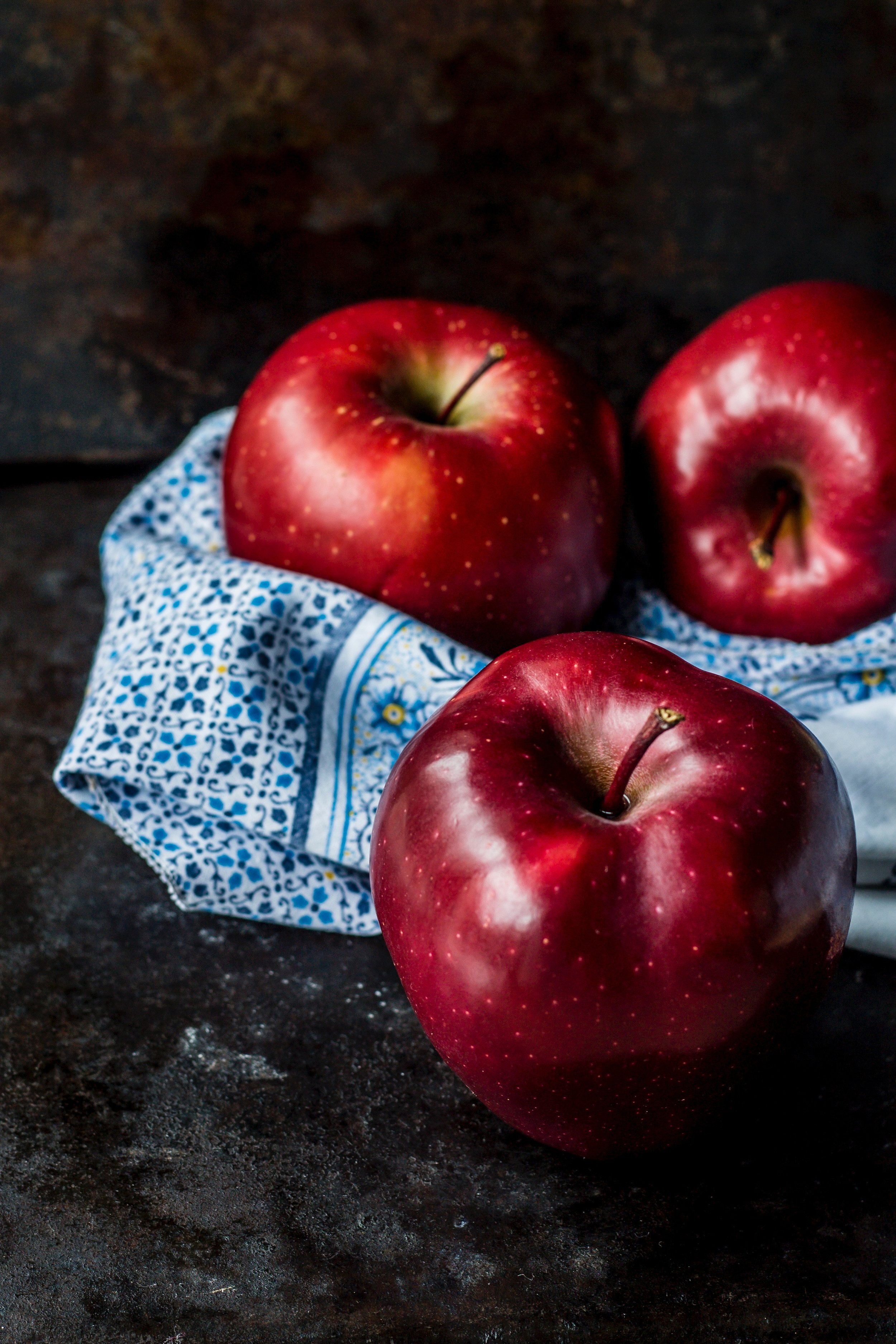[Photo by Igor Ovsyannykov on Unsplash]
So we moved my in-laws into assisted living a couple weeks ago, and, besides feeling relieved that there would be people close at hand to assist with things like falls (three, and counting, since they moved in), I was also glad they would be getting three squares a day. It wasn't just that they'd subsisted the past couple years on a rotation of restaurant food that ranged from higher-end (Anthony's) to DQ (lots of DQ), but even when moving day arrived, I found the main foods in the house were Snickers bars and those little boxes of sugary cereal, to which my father-in-law would then add another packet of sugar because that was his habit from when he ate shredded wheat. Yowza. When I freaked out and scolded him for all the added sugar, he smiled and said, "That's what the caregivers say."
Three solid meals, complete with fruits and vegetables. Such a life luxury.
My mother-in-law had always done the cooking, so by the time she could no longer follow recipes, my father-in-law was confused enough that he couldn't cook either. He could sous-chef, no problem, but we didn't seem to get many caregivers interested in bothering with cooking. They came over and just ordered out.
The older I get, the more I think that, not only is access to food a luxury, but the ability to do something with it once you have it. My in-laws had some apples in the fridge, but it was easier to reach for the Snickers until I got one out, washed it, and sliced it up. People generally eat whatever's in front of them, and too often what's in front of them isn't any good.
Delicious, but too much work? [Photo by Roberta Sorge on Unsplash
When I was at the store, in line to check out, I happened to see a cart in the neighboring line stacked full with an amazing array of processed foods. There was soda, frozen dinners, pizzas, cereal, even corn dogs. I only knew there weren't a lot of items from the produce section because everything fit so neatly and geometrically in the cart like Lego bricks. With my in-laws fresh in my mind, I couldn't help seeing her younger face and worrying about the future. She was young! She could still get to the store and keep things straight in her head and turn the stove on without forgetting she'd done so. Shouldn't she carpe her kitchen diem?
At least she wasn't buying Snickers.
And it wasn't like her grocery cart was unique. According to a 2016 USDA study, the number-one item in American carts is soft drinks. Now, I love soft drinks. I'd have one every day, if I hadn't read just about everywhere how terrible they are for you. I love the flavors, the carbonation, the cold. But since I try to limit the One Terrible Food I've allowed myself per day, I use that card on homemade dessert.
The study findings aren't all bad. Folks do buy a few things that are nourishing:
About 40 cents of every food purchase dollar was spent on basic items like meat, fruits, vegetables, milk, eggs, and bread.
• Another 20 cents was spent on sweetened drinks, desserts, salty snacks, candy, and sugar.
• The remaining 40 cents was spent on a variety of items such as cereal, prepared foods, other dairy products, rice, beans, and other cooking ingredients.
But 20% of your food budget on junk food is a fairly hefty amount. Say you spend $150 per week on groceries. That means you spend $30 per week on junk. Or $1,560 per year. That's a weekend trip for the whole family to a sunny clime being flushed down the toilet with the Snickers wrappers. Not to mention the health costs, the bill for which will arrive later.
While we thought childhood obesity rates might have plateaued or even begun to decline, now they've ticked up again. Despite all the urgings to exercise, people don't want to exercise (and I include myself in that bucket--I hate exercise). Maybe we could tackle it from the other end. What if those old-fashioned "home ec" classes became a state requirement? What if everyone had to learn the basics of cooking and nutrition to graduate high school? Yes, lots of people buy processed food and don't cook because they don't have time, but lots of other people buy processed food and don't cook because they don't know how, or don't know how to fit it into their lives. If you can use a knife, follow instructions, boil water, and turn an oven on and off, you can feed yourself. Healthily and economically.
I've mentioned a local cooking store where my daughter and I learned to make croissants. We also recently took a Thai cooking class. But maybe a better offering would be a "Kitchen Launch" class--one where you learn the above skills and five basic recipes to get food in your mouth and/or freezer. Maybe the most frequently purchased processed meals? Pizza. A pasta dish. A burrito. Kitchen-sink soup. A casserole.
We're smart folks. We can do better. At least until we're all in the assisted-living place and paying someone else to do it for us.


![[Photo by Igor Ovsyannykov on Unsplash]](https://images.squarespace-cdn.com/content/v1/5898e1d3579fb3f7fe154f8a/1519838331216-GE4Z6KW42CBWVTZWS9WW/igor-ovsyannykov-520422-unsplash.jpg)


